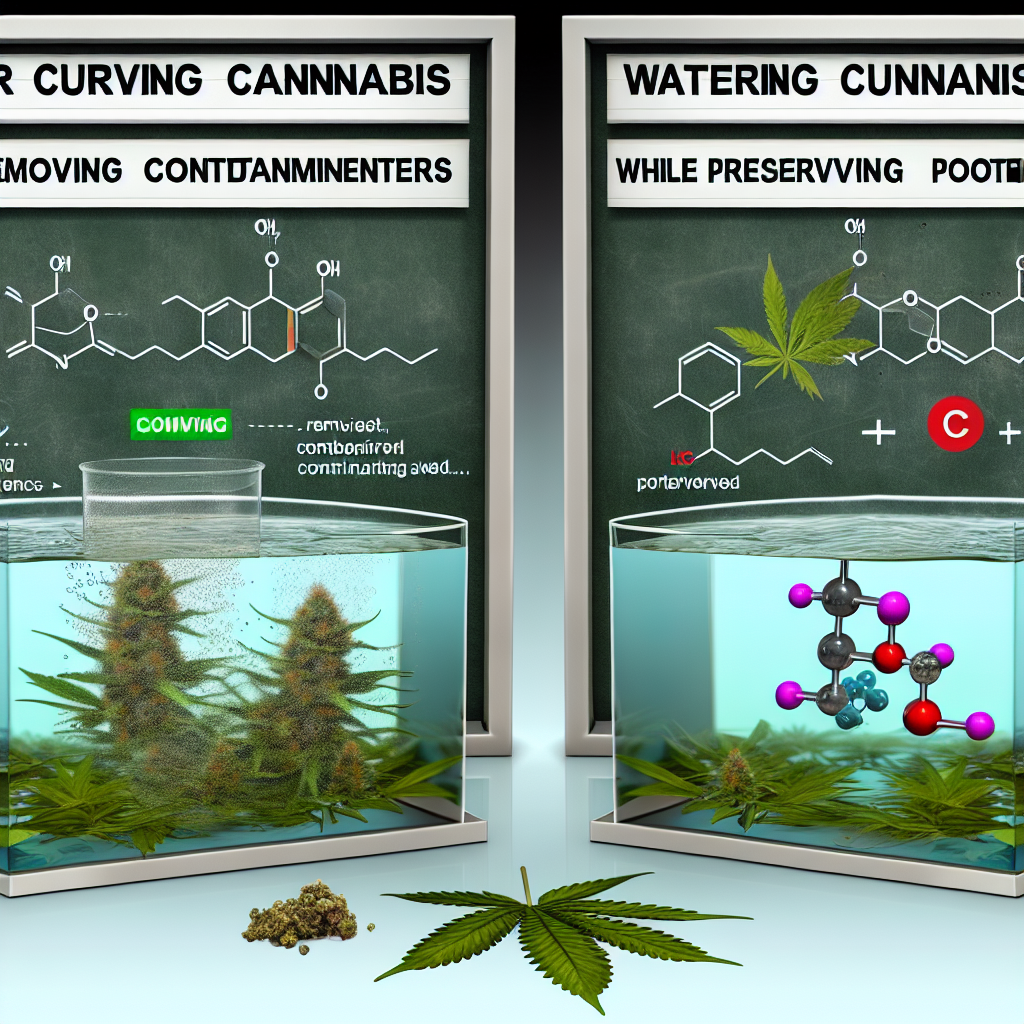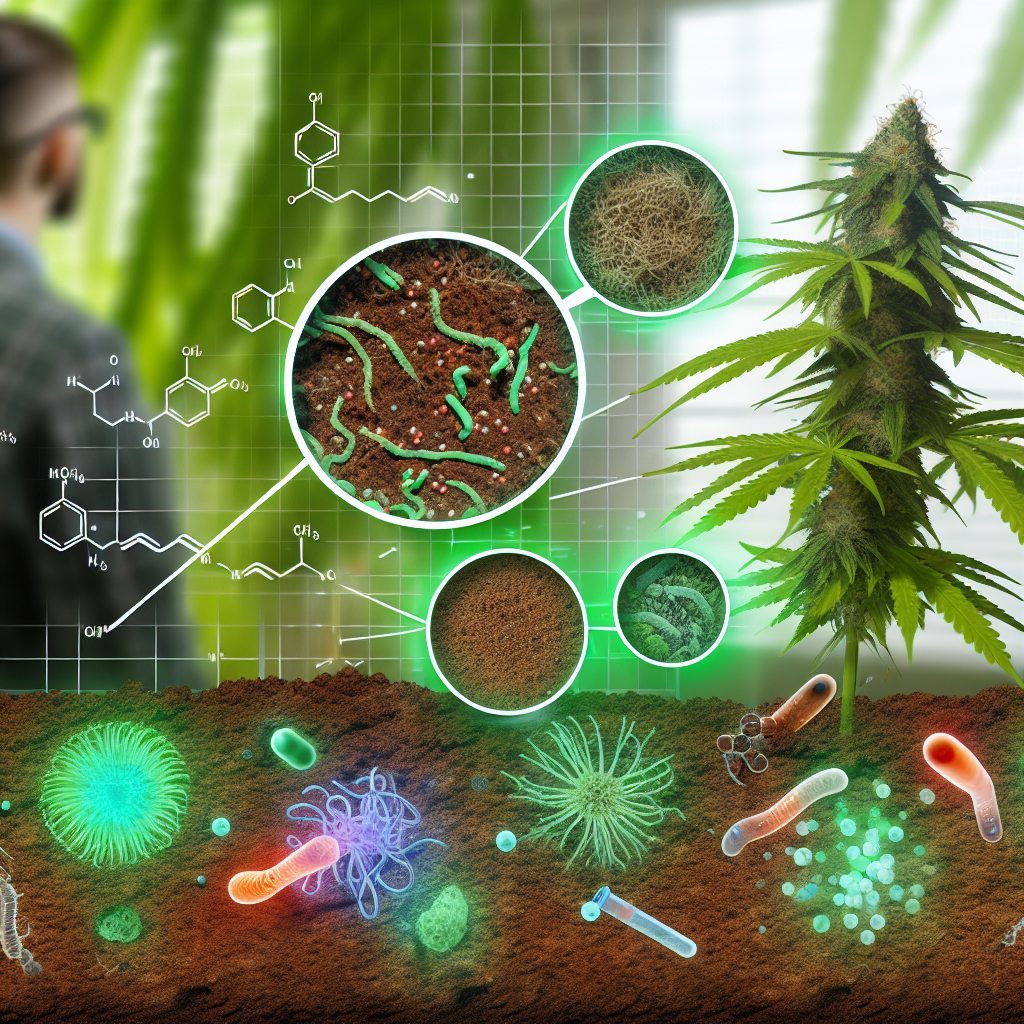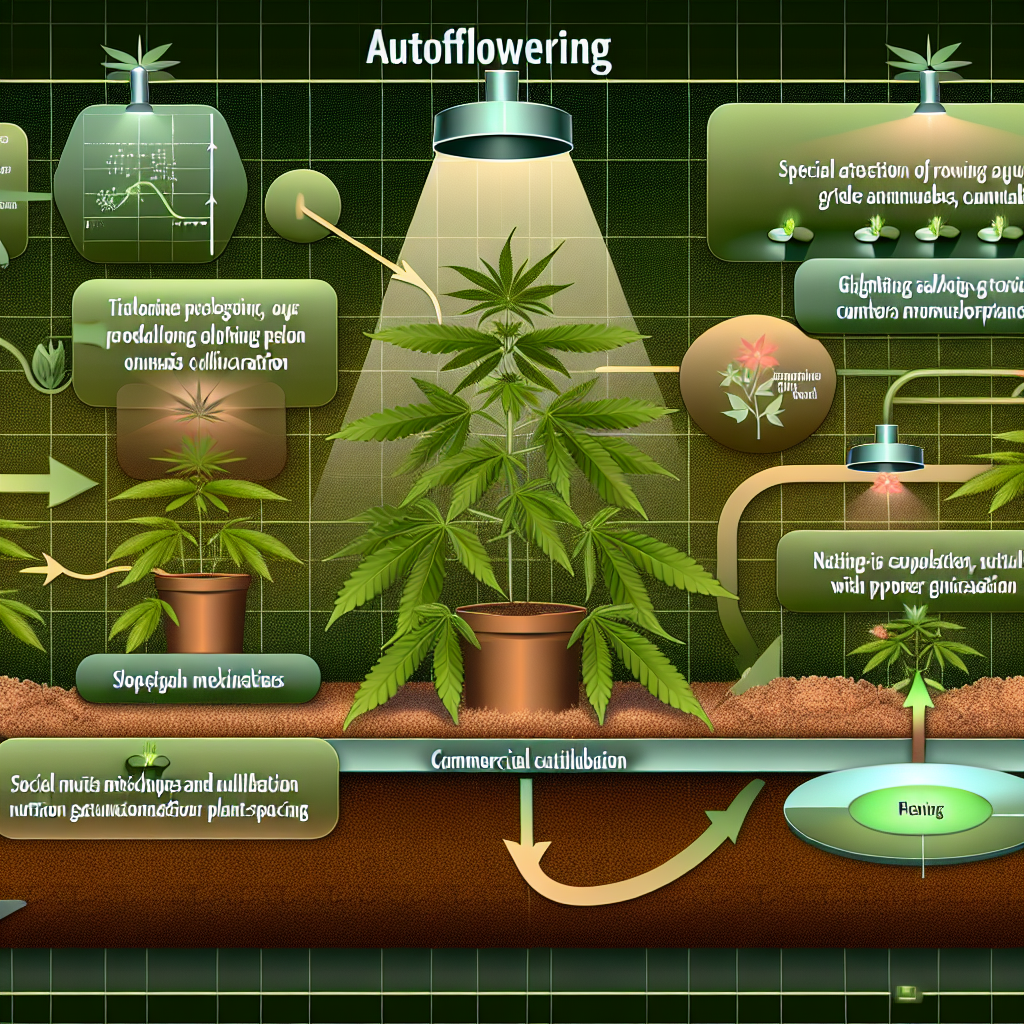Water Curing Cannabis: Removing Contaminants While Preserving Potency
Introduction: A Cleaner Way to Cure Cannabis
Curing is one of the most essential steps in cannabis cultivation, playing a crucial role in the final quality, flavor, and potency of the bud. Traditionally, air curing is used to dry cannabis after harvesting, allowing chlorophyll breakdown and terpene preservation, which enhances the overall smokeability and experience. However, a lesser-known but highly effective method—water curing—is gaining traction among both consumers and cannabis professionals for its ability to remove contaminants while preserving cannabinoid potency.
Water curing involves submerging harvested buds in water for a specified period. This process works by utilizing water’s natural leaching properties to extract unwanted compounds such as chlorophyll, pesticides, and other plant byproducts that can contribute to harsh smoke and undesirable flavors. Unlike air curing, which gradually breaks down these compounds over a few weeks, water curing accelerates the process by washing away impurities, leading to cleaner and smoother cannabis.
One of the biggest advantages of water curing is its ability to increase the purity of cannabis, particularly for medical users who need toxin-free medication. Since cannabis plants may absorb pesticides, heavy metals, or other environmental contaminants during cultivation, consumers looking to avoid these impurities may find water curing to be an effective solution. The technique also benefits those who prefer a discreet smoking experience, as thoroughly water-cured cannabis emits significantly less odor compared to traditionally cured flower.
Despite its strong cleansing capabilities, critics argue that water curing diminishes the aromatic terpenes that contribute to a strain’s unique flavor profile. Because terpenes are water-soluble, prolonged submersion can strip away these compounds, leaving the final product with a much milder taste. However, for individuals who prioritize smoothness, purity, and potency over flavor, water curing remains a compelling alternative.
As cannabis consumers become more conscious of what they are inhaling, water curing presents itself as an innovative way to ensure cleaner consumption. The method offers potential benefits for both recreational and medical users while also giving cannabis professionals a practical tool for improving purity standards. But how well does this method preserve potency, and what does science say about its efficacy?
How Water Curing Works: Science-Backed Purity
Water curing has been explored in various scientific and anecdotal studies as a method to enhance cannabis purity without significantly compromising medicinal compounds such as THC and CBD. While research on this specific curing method is still limited, studies on water’s ability to remove contaminants from plant material provide compelling evidence supporting its efficacy.
Does Water Curing Reduce THC and CBD?
One of the key concerns surrounding water curing is whether it affects cannabinoid concentrations in cannabis. A study published in the *Journal of Chromatography B* (2017) highlights that cannabinoids, including tetrahydrocannabinol (THC) and cannabidiol (CBD), are hydrophobic compounds, meaning they do not dissolve in water. This suggests that submerging cannabis in water mainly affects non-cannabinoid components, such as chlorophyll, sugars, and salts, while preserving THC and CBD content [[1]](https://www.sciencedirect.com/science/article/pii/S1570023217304093).
Removing Pesticides and Contaminants Through Water Curing
Water curing has also been examined in relation to removing contaminants from cannabis plants. A study conducted by the *Environmental Science & Technology Journal* (2021) found that various pesticide residues can be effectively reduced using water-based rinsing techniques. While this research primarily focused on washing fruits and vegetables, the principles of water-soluble contaminant removal apply similarly to cannabis cultivation [[2]](https://pubs.acs.org/doi/10.1021/acs.est.0c08388). Given concerns regarding pesticide exposure in cannabis, water curing could serve as an extra step to ensure cleaner consumption, particularly for immunocompromised medical marijuana patients.
Heavy Metal Detoxification and Cannabis Purity
Additionally, a 2020 study from the *Journal of Analytical Toxicology* explored how water can reduce contaminants like heavy metals that may be absorbed by the cannabis plant during cultivation. Their findings suggest that water-based methods help remove certain toxic elements without degrading the potency of THC or CBD [[3]](https://academic.oup.com/jat/article/44/9/865/5903397). This highlights the potential benefits of water curing for refining cannabis purity, making it particularly useful in pharmaceutical applications where product safety is a primary concern.
While more research is needed to fully understand water curing’s impact on cannabis composition, existing studies suggest that cannabinoids remain largely intact, allowing consumers to enjoy a smoother product while minimizing unwanted residues. As legalization and regulations expand, water curing may become a standard practice for ensuring high-quality, contaminant-free cannabis.
Final Thoughts: Is Water Curing Worth It?
Water curing cannabis offers a promising alternative to traditional curing methods, providing a powerful solution for removing contaminants while maintaining potency. For medical patients and health-conscious consumers, this method ensures a cleaner, smoother-smoking experience without the harsh plant byproducts that can irritate the respiratory system.
Though water curing does sacrifice some terpenes, the purity and potency retention make it an attractive option for those prioritizing safety and efficacy. As scientific research continues to explore cannabis post-harvest treatment methods, water curing could play an increasingly significant role in shaping the industry.
If you’re looking for a way to eliminate contaminants while preserving cannabinoids, water curing is definitely worth considering.
References
1. *Journal of Chromatography B*, 2017. “Determination of Cannabinoids in Cannabis by Chromatography.” [Link](https://www.sciencedirect.com/science/article/pii/S1570023217304093)
2. *Environmental Science & Technology Journal*, 2021. “Pesticide Removal via Water Rinsing Mechanisms.” [Link](https://pubs.acs.org/doi/10.1021/acs.est.0c08388)
3. *Journal of Analytical Toxicology*, 2020. “Heavy Metal Contamination in Cannabis and Methods of Detoxification.” [Link](https://academic.oup.com/jat/article/44/9/865/5903397)
Summary:
Water curing is an innovative method for removing contaminants from cannabis while preserving cannabinoid potency. By submerging the buds in water, this process can effectively extract unwanted compounds like chlorophyll, pesticides, and heavy metals, leading to a cleaner and smoother smoking experience. While terpene content may be slightly reduced, water curing offers significant benefits for medical patients and health-conscious consumers seeking a pure, toxin-free cannabis product. As scientific research continues to explore this curing technique, water curing may become a standard practice for ensuring high-quality, contaminant-free cannabis.




